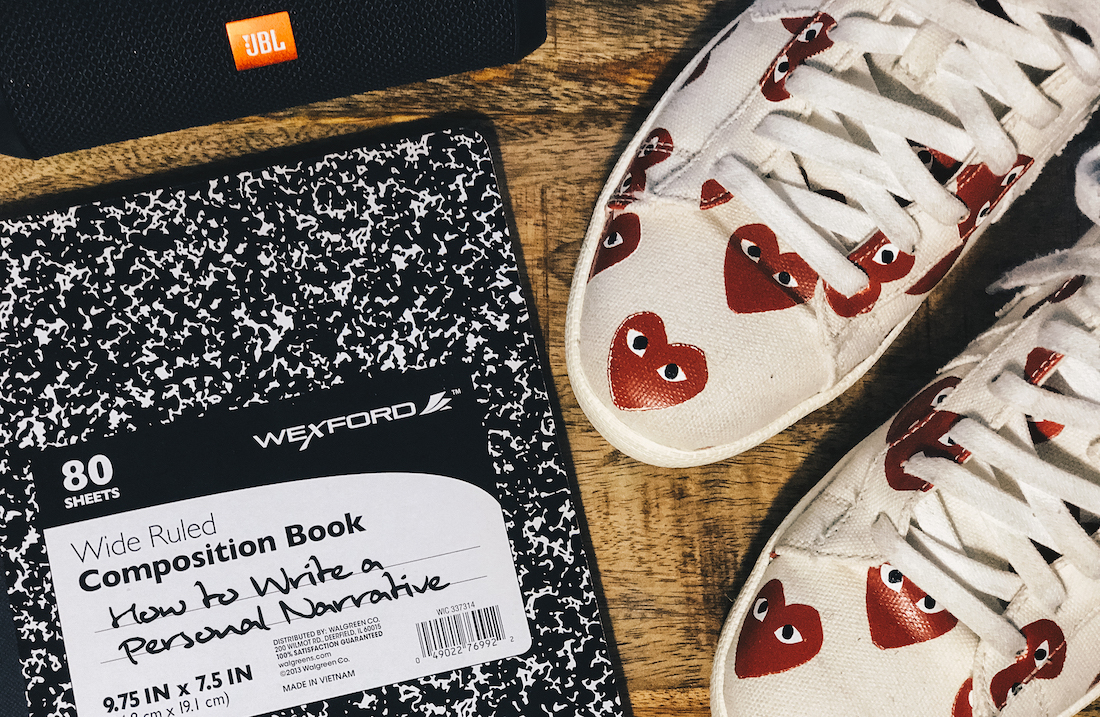coiski 101: 4 Steps on Writing an Effective Personal Narrative

It’s all in the details.
A personal narrative descriptively outlines one event – whether major or minor – in your life. Stories about a dramatic change in your life, a childhood memory, a gratifying success or an unpleasant failure make great backdrops for engaging personal narratives. If it’s interesting to you and you have the details to support it, chances are it’ll probably be interesting to read.
Following our ‘coiski 101: 5 Steps on Taking A Stance in an Article’ lesson from October 2016-December 2016, we now focus our efforts on writing an effective personal narrative.
Throughout this article, we’ll reveal four steps on writing an effective personal narrative and update it throughout the next few weeks with real-life examples.
- Reveal essence of what you will be describing at the beginning – What’s a personal narrative without sharing with your readers what the story is about from the beginning? Your intro is the most important section of a personal narrative. It has the power to captivate and entice your reader to continue reading. Sometimes, your reader may have been through the same experience as you, which, if you clearly state the essence of what you will be describing, totally lures them from the beginning. You MUST try to pique the reader’s interest at the top to set up the tone of your narrative. A great method to help with this is organizing your story – through a standard outline – before writing it out. It’ll help your streamline your thoughts and pinpoint the details you’d like to include. Before beginning your narrative, ask yourself, ‘How do I want my readers to feel when they complete my piece?’
- Write to have an impact on the reader – A personal experience should be at the forefront of your narrative. People love to read about the truths of what you experienced because every person has a different takes even in the same occurrences. Make sure to portray a very clear idea of what happened, how it impacted you and/or how you feel about that. Though stating why you’re writing the piece is a must in the intro, you don’t necessarily have to tell the story from beginning to end in regards to how it happened. This is your chance to be creative and really take the reader on an adventure. Experiment with the order of your story by possibly adding flashback sequences in which you revisit a specific time in the past, reflection points, dialogue and anecdotes. Just because you experienced it in a particular order doesn’t mean the reader has to experience it the same. Jumping around in the story is totally fine, but remember to maintain the story’s cohesiveness.
- Use vivid, descriptive details – Have you ever made facial expressions or blurted our common phrases like, ‘Wow’ or ‘Man, that’s crazy?’ while reading something? It’s because the author did a great job of connecting with you through description. In your personal narrative, make the words and punchlines vigorous, emotional, and stimulating. Don’t be afraid to go deep in describing certain instances with gut-wrenching diction. Consider the taste, smell, sound, touch and sight of things mentioned in your narrative, and vividly illustrate to them to make your readers feel as if they were right there with you. Including imagery is another way of enthralling your readers.
- State point of story – At the story’s ending, you should state the point of why you chose to write the narrative. Whether it’s a lesson you wanted the readers to learn or an idea you garnered from the experience, your readers should feel like they have left with something. It could even be a moral or an new understanding of what you encountered. Make sure to summarize this in your conclusion.
RELATED: coiski 101: 5 Steps on Taking A Stance in an Article
